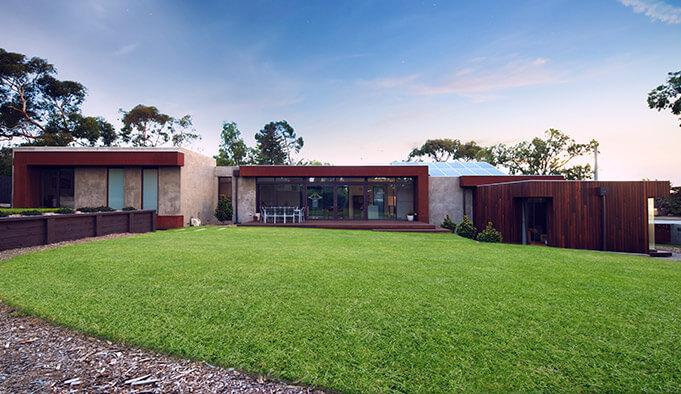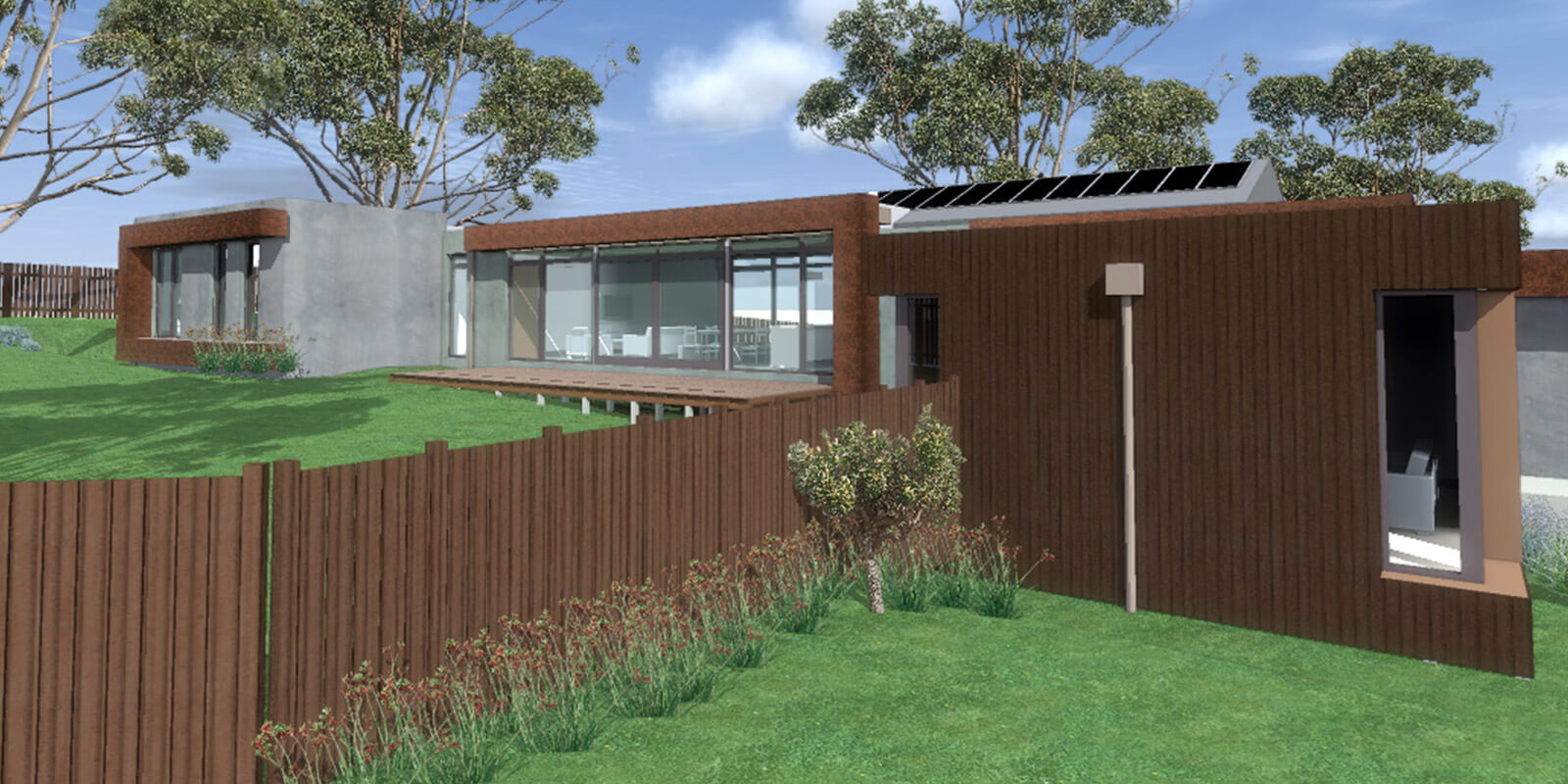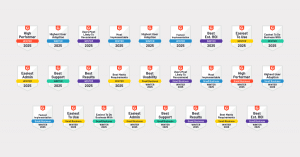The challenge for directors of architecture practices, large and small the world over, is all the hats they have to wear. Business development, design, project management, coaching and mentoring, practice management, HR… Bespoke Architects founding partner and director Daniel Calder is no different, working in all areas of the architecture practice.
“We are a small practice, I handle the practice management side of the business.”
“My business partner manages the residential portfolio. I manage the commercial portfolio.”
Bespoke Architects was founded in 2010 and is made up of two directors — Daniel Calder and Nicole Walters.
“We started as a micro business in a home office and moved our growing business into an office space two years ago,” Daniel said.
“We have expanded and now employ four casual staff to undertake the documentation and a bookkeeper. We are using technology to keep the growing business streamlined.”
Interestingly, Bespoke Architects’ casual employees are all architecture students. Daniel and Nicole both got their start in practice as students and see value in giving that back from their own practice.
“Nicole and I both got given the opportunity to start our careers while we were studying,” Daniel said.
“We know how important that is for development of students and getting them into the workforce early. That was our background, so we’re more than happy to provide that to other students now.”
Technology solves architecture practice challenges
The technology in the architecture practice is one of the many hats Calder wears.
“I like to make sure we’re staying up-to-date and, where possible, ahead of where the market is with technology,” he said.
“Since using Synergy in our business, I’ve been responsible for setting up the templates, managing the transition and training the staff.”
What is it that an architecture practice like Bespoke needs in project and business management software like Synergy?
“We had a lot of active projects on the go and spreadsheets weren’t cutting it,” Daniel said.
“We were using Microsoft OneNote to communicate and keep each other up-to-date with projects, where we were with invoicing, who was working on what for timesheets… We really needed a place to combine all of that information, streamline it and make it time efficient.
“Separate spreadsheets for different areas of an architecture business bog you down, so a system to combine all of that in the one spot is what we needed. We can see the time-saving benefits of Synergy already.”
A template for time savings
Daniel said the first area where they saved time was invoicing.
“It took me a while to get the invoice templates organised — being an architectural practice, we have a custom font we use for all our Word documents and drawings and I had to work out how to load that into templates.
“We invoice fortnightly and generally send around 10 invoices, though we have around 30 active projects at different stages. Previously, invoicing took more than a day, now it’s down to about half a day. So, Synergy has more than halved the time it takes to do our invoicing.
“We’ve also saved a lot of time with timesheets,” Daniel said.
“Our timesheets were on a spreadsheet and I would have to put all the hours in myself. Now the staff input their own time and it feeds straight into the invoices. That’s a huge benefit.”
Technology for the business of architecture
It’s a common misconception that small architecture businesses often don’t have ‘business systems’. A business system isn’t necessarily a combined software package. A system can be as simple as a few spreadsheets, contacts in your email address book, and structured filing.
Bringing a new piece of software into a company can be quite a significant change in how people work. It’s in small firms where this kind of application can be implemented quicker — there are fewer habits to change and opinions to win over.
Prior to Synergy, Daniel tried out a couple of other systems purporting to be designed for architects, but they either required too much time to set up, weren’t streamlined enough for the specific workflow needs of an architecture practice, or just didn’t roll the way he wanted them to.
“These other systems can offer a practice management solution, but they just didn’t seem intuitive to the way we normally set up a project in an architecture practice. When I trialed Synergy, it felt like it was all in there and ready to go.
“An example of that is in invoicing,” Daniel said.
“We set up about 10 invoice templates for various scenarios and fee types. Sometimes there are fee agreements for hourly rates, other times it will be fixed fee — even simple things like the wording of the templates has to vary — and being able to set up different templates for all those circumstances definitely helps. And when we’re creating new jobs, not having to enter data twice when you set up client names and project addresses — it self-populates into the invoice, which is really smooth.”
All modern architecture practices run with a variety of technology in the organization. For design, Bespoke Architects uses Archicad for 3D modelling and documentation, and Artlantis for renders. On the business side, the firm recently switched to Xero cloud accounting.
“We keep all our software up-to-date,” he said.
“Our accountant had moved to Xero and recommended it. That was another reason to work with Synergy, because of its connection to Xero.
“The Xero add-on for Synergy definitely makes it easier for our bookkeeper. When we do the invoices, we can send them straight to Xero, our bookkeeper will process payments in Xero and we import them back in, it’s a great feature.”
The future for Bespoke Architects
“Our last 12 months has been great,” Daniel said.
“That looks like it’s going to continue in terms of the number of projects coming through. We want to continue developing our technology capability and keeping up-to-date on training for the different software packages we have.
“We haven’t looked at significant expansion, we’re comfortable where we are. It’s the technology that enables us to run our architecture practice efficiently and maintain the flow of work.”





